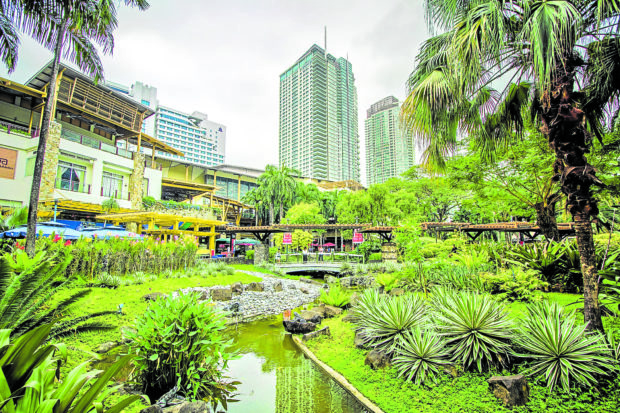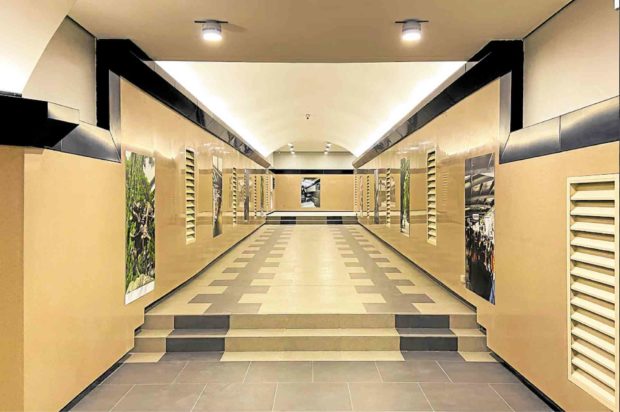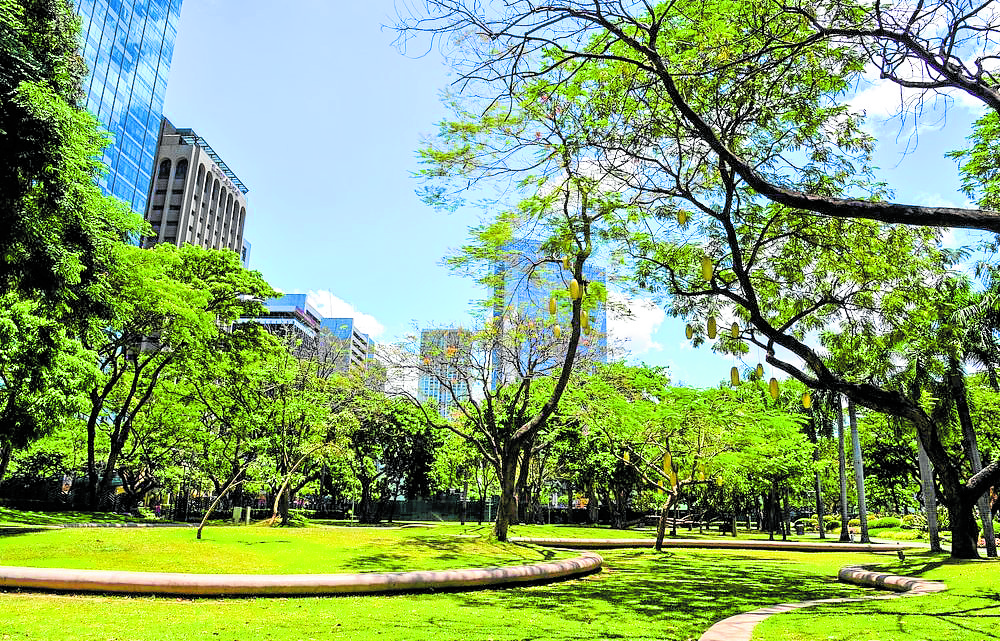The journey of Makati City towards walkability
The progressiveness of a community is not only determined by the number of cars on its roads or high-rise buildings gracing the skyline. At times, it’s just a matter of how many steps you can comfortably walk from point A to point B.
A step closer towards becoming a 15-minute city
Makati City strives to envision itself as the “15-minute city.” In urban design, it refers to an approach wherein everything a resident needs can be accessed within a 15-minute trip by foot, bike or public transit.
With walkability as a key element in the 15-minute city, the recently opened Paseo de Roxas-Villar underpass that connects the northern portion of the Ayala Triangle Gardens with Salcedo Village is only one of the many efforts the city has done to promote a walkable lifestyle—which it has been doing so as early as the 1990s.
Walkability as a lifetime solution to traffic congestion
Makati’s path toward walkability began with the traffic congestion in its central business district (CBD) in the early ’90s.
An obvious solution might include larger roads, differently leveled junction roads, and grade separation of intersections. But given the idea of induced demand, which states that increasing the availability of roads encourages people to drive, a more radical approach is required.
Ayala Land Inc. and Makati Commercial Estates Association (MACEA) Inc. thus had a different idea. Instead of focusing on additional car space, it improved the city’s pedestrian network. A large network of nodes and pathways connects key junctions and public transportation lines in Makati. A walkable environment reduces dependence on private cars and increases reliance on public transit.
Making ends meet, physically and financially
The dilemma was how to financially maintain these pathways.
Privately owned and managed, Makati CBD cannot depend on public financing. Ayala Land and MACEA began collecting financing fees from its members, one of which is the development charge. This is a special evaluation for buildings in the CBD that are permitted to be denser than initially intended.
Thanks to these measures, Makati has become one of the Philippines’ most walkable cities. Two-kilometer elevated walkways, 4-km covered pathways, two pedestrian overpasses, seven pedestrian underpasses, and eight more are planned for the Makati CBD.
More than just walkways
Every weekday, approximately 250,000 people use Makati’s walkways, covering an average of 700 meters. Considering the size of these pathways, the city added art and greenery to make each journey more enjoyable.
Aside from tan interiors, clean lines, and excellent lighting, the newly completed Paseo de Roxas-Villar Underpass includes Makati photos as decorations. Brands including Nestlé, RCBC, Security Bank, and Shell have been known to create murals on chosen CBD underpasses. These pathways also include different greeneries and soft landscaping to help regulate temperature and enhance user experience.
Healthy for the body and the environment
While the environmental advantages of walkable cities are well-known, substituting a morning exercise for your daily drive may also help. Walking frequently, according to a 2014 research, is directly linked with lower risks of diabetes, heart disease, high blood pressure and obesity.
With secure pedestrian lanes and concrete sidewalks decorated with well-maintained pocket gardens, one may easily jog or sprint to some of the city’s finest walking destinations, such as the Ayala Triangle Gardens.
Live, learn, play and work—all in one
Dining and shopping centers, entertainment centers, educational institutions, workplaces and residential areas should all be within walking distance of one other. One of the reasons many real estate developers are receptive to offering high quality commercial and residential facilities in Makati is the city’s walkable layout. Due to its proximity to major business areas, the city is one of the top condo investment destinations since 2015.
Making each walk count
For each walk, the city plans to foster potential attractions outside its CBD.
Known as the Special Precincts for Urban Redevelopment (SPUR), 14 urban redevelopment locations were selected by the city. These areas are either underused or of decreasing medium-density neighborhoods that are, however, close to the Makati CBD, special mixed-use zones, and other important thoroughfares.
Such locations are seen suitable for new businesses and start-ups, which may ultimately convert these regions into higher-value projects that can support larger commercial endeavors and spread economic activity by enabling companies to thrive in different areas of the city.
Along with promoting walkability, the city’s creative concepts to optimize idle areas physically and economically via urban redevelopment may encourage shared economic growth, which is another distinguishing element in a 15-minute city’s success.
Going forward
There has been renewed attention on how communities and cities operate independently considering the pandemic’s imposing restrictions on citywide movement. With progressive cities like Makati aiming to be a 15-minute city, developing walkable areas that encourage people to go by foot is a wonderful first step in reimagining urban life—one step at a time.
The author is the principal architect at Fulgar Architects creating unique and extraordinary design specialties for various property ventures from hotels, condominiums, museums, commercial, to mixed-use township developments. Please visit www.ianfulgar.com



